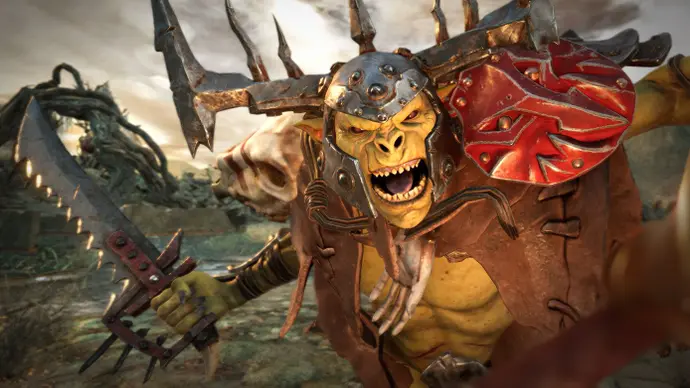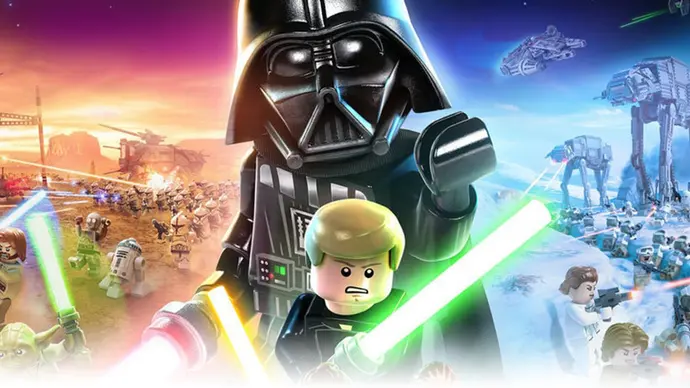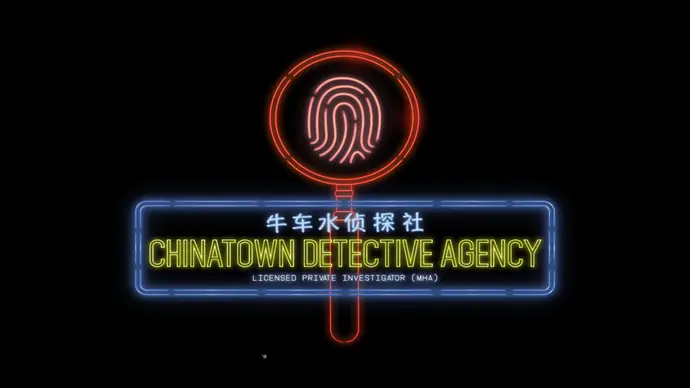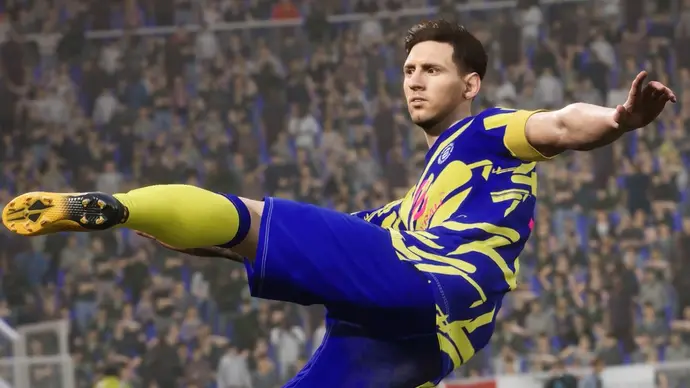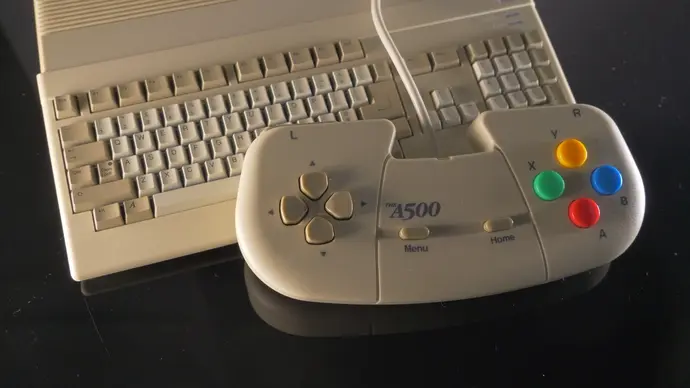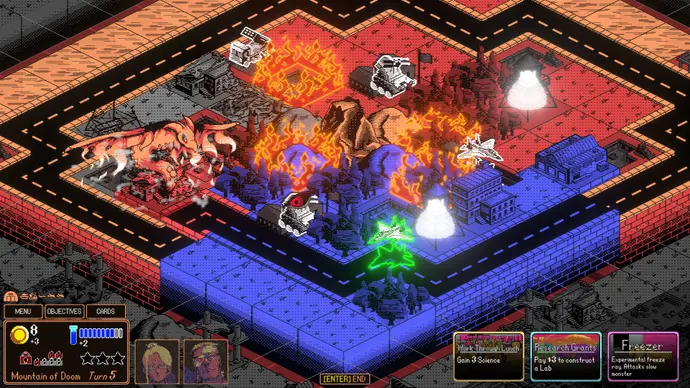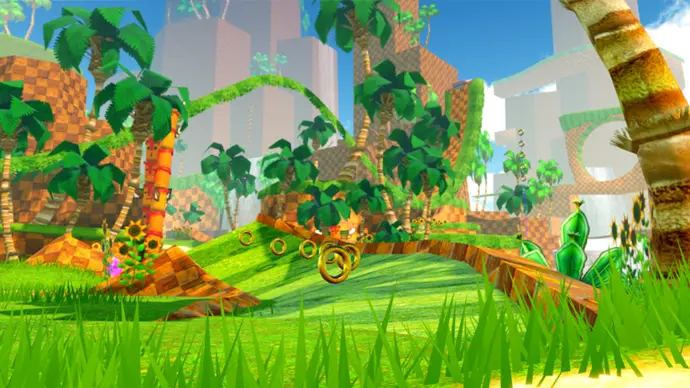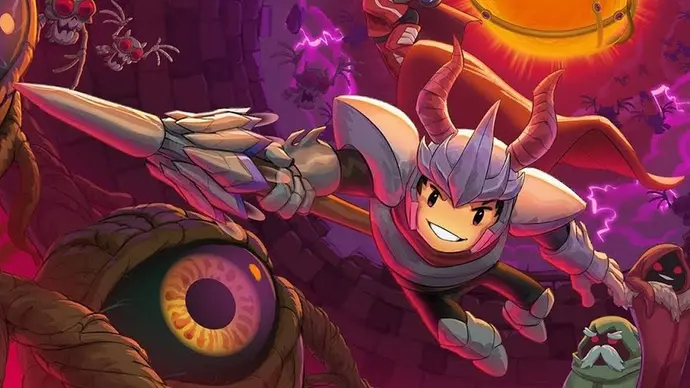The strategy game Warhammer Age of Sigmar: Realms of Ruin has received a review that describes it as decent but ultimately disappointing
While a strong core could provide for some fantastic competitive matches, solitary players won’t be impressed by the dull, uninspired campaign.
It was decided by Games Workshop to end the world back in the legendary beforetimes of the early 2010s. The Old World of Warhammer Fantasy Battle is not our world, even if at times it can seem like it. The aged miniatures game, Warhammer 40,000, was discontinued in 2015 and replaced by Warhammer Age of Sigmar due to its significant performance decline compared to its younger sci-fi brother. Built essentially from the broken pieces of the previous setting, this new one reinterpreted classic Warhammer features and added a ton of flashy new stuff, the most notable of which are the Stormcast Eternals, massive armored warriors created to be the poster boys for public appeal that GW believed WFB lacked.
It is not the time or place for a deep dive into why this was a controversial decision, but it does help explain why Age of Sigmar has largely been overlooked by the video game industry while high-profile Old World-set games like the Total War: Warhammer series (which didn’t even start until a year after the release of Age of Sigmar) have continued to appear. Although not the first video game based on the Mortal Realms of AoS, Warhammer Age of Sigmar: Realms of Ruin is the most well-known.
To add yet another much-needed acronym to this review, RoR is a real-time strategy game that is similar to Warhammer 40,000: Dawn of War, another Warhammer RTS (whoops, another one). Instead of constructing bases or gathering resources, each side aims to seize Arcane Conduits, which produce the resources needed to construct and enhance units. These conduits can also be upgraded with a variety of features that provide extra advantages, like the capacity to fire at approaching enemies or faster resource gathering. To win, either take and keep more Victory Points than your opponent until their score steadily drops to zero, or demolish their beginning camp decisively. While the story-based campaign mode’s missions don’t always adhere to this pattern, every combat has a similar fundamental rhythm.
In relation to game modes, this one offers a respectable selection. There are two types of multiplayer available: ranked and casual 1v1 and 2v2. Along with the previously stated single person campaign, there are AI bot matches. Another option is Conquest, a single-player game style that lets you take control of a campaign map that is created at random. Every combat features unique circumstances that might work in your favor or against you, but failing means you’ll use up one of your finite lives. The game is ended if you lose all of your life. Although it’s not Total War, it’s good that lone players who have completed the campaign have options besides bot battles. Above all, there’s a creative mode with a map builder and the ability to design unique paint jobs for your armies. All of the colors are named after Warhammer paints, which is a nice touch, but it doesn’t really add much to what essentially amounts to a few different color possibilities.
The actual troops are split into four powerful hero types and three types: ranged, offensive, and defensive. These units work in a rock, paper, scissors fashion. Every unit possesses unique powers that have resource costs and cooldown periods. Once engaged, troops cannot leave the battle until one is eliminated or unless the retreat ability is used, which causes the unit to wildly flee back to base so that it may get healing. Many skills cannot be utilized when in an engaged state, so if you don’t use them before fight begins, you’re out of luck. It makes the fights you choose very crucial since once you commit, there’s no going back. You will yield to an outmatched unit, either by destroying it or forcing it to retreat.
This way of putting it in writing makes it sound very simple, which it kind of is, but in reality it’s so busy that it nearly feels overpowering. Playing cautiously and defensively will rapidly see you swamped, and having too many of the few troops you control (usually between six and twelve) racing around at once is a surefire way to get outmanoeuvred. Rather, you must continuously engage in combat on several fronts while monitoring the levels of two distinct resources, regaining ranks, and adding more improvements.


If your units didn’t need as much supervision, it wouldn’t be as awful. It’s not nearly micromanagement per se; troops only have two special skills at most in addition to the normal charge and retreat moves, and once they engage in melee combat, there’s not much you can do to stop them. The problem lies in the fact that your units will only do as you instruct them. When an enemy comes into range, ranged units will automatically shoot at them, but only inside their very small firing arcs (perhaps because their helmets obscure their peripheral vision). Conversely, melee soldiers would gladly do nothing but watch while their allies are attacked if a point is seized a short distance away. Although I understand that you don’t want your adversary to be able to quickly remove your units from defensive positions, some initiative would have been nice, particularly since there is no potential of their being kited around the map due to locked combat.
The absence of resources to handle your soldiers exacerbates this. The ability to have units fight adversaries they find while moving rather than merely getting to the designated place is the closest thing to automation. troops may be grouped to be picked by hotkey, but I never found that very useful because there aren’t many troops and you always have to transfer units across the map in groups of one or two, especially when moving archers. Rather of using click and drag selection, I would have to spend more time reorganizing my groups than I would save. It would have been far less problematic if I had been able to put some troops on a patrol route or told them it was OK to confront the enemy at some point before they were hit hard by a hammer.
It seems to me that Republic of Rome is an effort to create a simplified real-time strategy game that can be played on consoles with a controller. This is not meant to be derogatory. I am grateful for the work made to make RTS games playable on platforms like the Playstation, as my first RTS experience was Command & Conquer using the basic controller before DualShock. Everything feels a little strange when using the mouse and keyboard to play around, as though menu navigation and other features are tailored for TV screens and button pushes. The issue is that the reality of play feels jumbled and shabby due to the simple, uncomplicated user interface and constrained unit control options.
If AoS had done well in the campaign, I would have been willing to overlook a lot of stuff because I’m one of those gigantic nerds who loves both the miniatures game and the tabletop RPG spin-off Soulbound. Regretfully, RoR does a poor job of showcasing the Mortal Realms. Although AoS has created a distinct, likable high fantasy world, some have criticized it for being too generic, and RoR doesn’t really address that claim. The Stormcast Eternals’ boring warrior persona and polite, corny fantasy platitudes don’t help either. To put it simply, orcs, ghosts, and demons make up the other available factions, Kruleboyz, Nighthaunt, and Disciples of Tzeentch. Neither of these factions is very thrilling.

Though I think it would have been a waste to highlight some of the more bizarre and fantastic factions, such as the Idoneth Deepkin, soulless elves that live underwater and conduct raids on the backs of enormous eels, turtles, and sharks that swim through the magically conjured aethersea, it’s not like the factions are intrinsically dull. Rather, the issue is that none of the factors seem very unique. They all have their own advantages and disadvantages, and their on-screen personas are excellent, including some very expressive animation work. However, everything feels a little repetitive because there aren’t any original faction-wide rules and everything must fit within the rock-paper-scissors framework.
Though not a terrible game by any means, as a fan of Age of Sigmar and a strategy game enthusiast, I wasn’t impressed with Warhammer Age of Sigmar: Realms of Ruin on either front. There is a passable, if not perfect, real-time strategy game here, and I can imagine some people who are more interested in competitive multiplayer jumping right into that mode and having a great time. It’s a very, well, video game, and I can definitely understand how appealing it would be to people who are passionate about APM and esports, as well as the possibility for some intense, competitive play. It’s difficult to suggest for armchair generals who prefer to watch armies march about in captivating fantasy settings.
